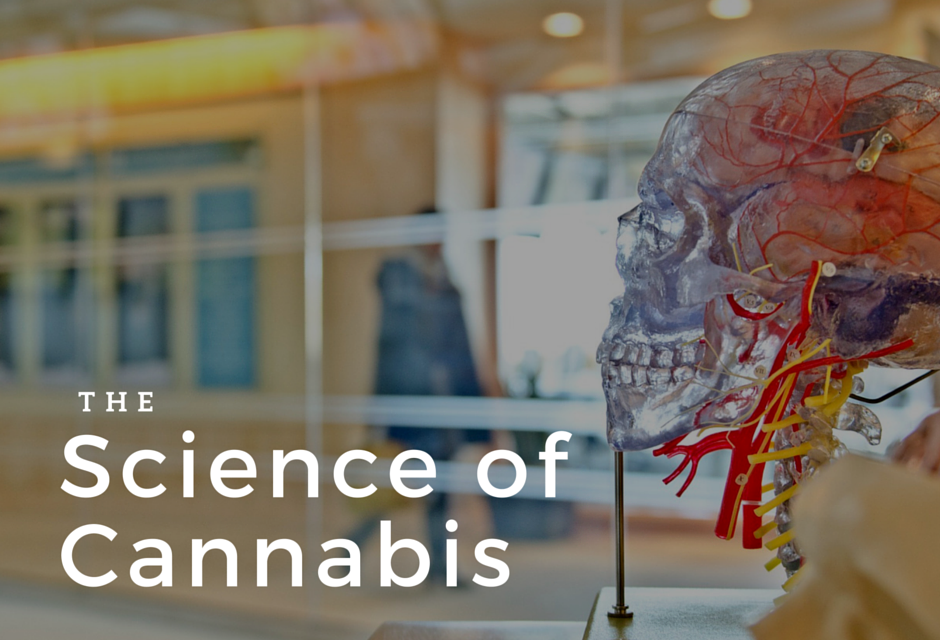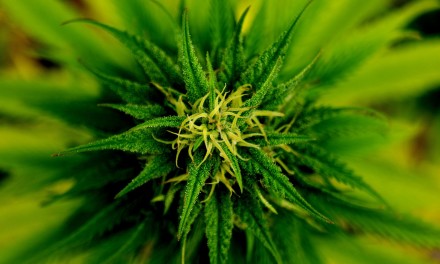Marijuana is one of the world’s most interesting plants because throughout history, it has been used for so many different uses. Some think that all of this must be a hoax…no one plant can be used for that many different things. Especially a plant that is now primarily used as a recreational drug. But perhaps science can help shed some light on why this is.
Here’s what we took away from this video:
A Brief History of Marijuana
It all starts from the beginning; cannabis dates back to ancient times, 37 million years ago. However, according to this video, it was first used for animals, not humans; It was originally used in just certain parts of the world, but as it evolved, it spread. The plant was originally used and “bred” for its THC content which would deter animals from eating it – it has a terrible taste, and also has psychoactive affects on the animals that consume it too.
People began using cannabis about 8,000 years. Surprisingly, it was actually used as a food source; people would eat the seeds which were rather nutritional. Soon, people discovered that the stems could be used to made high-quality and strong fibers to make a wide variety of materials – from clothing to rope and paper.
Cannabis and hemp was used all the way from Taiwan to Spain before it eventually crossed into the Americas (from the Europeans), which is when it was first predominantly used for its psychoactive affects.
Cannabinoids and Human Biology
THC works by mimicking the effects of neurotransmitters that are naturally found in animals’ brains (including humans), called cannabinoids. They essentially work by altering the activity of the neurotransmitters within our brains – causing the brain to work at a steady rate. It just so happens that cannabis contains roughly 85 different cannabinoids. The two that you are most likely somewhat familiar with are THC and CBD. So let’s explore those.
THC in the Brain
THC mimics the naturally-occurring cannabinoid Anandimide, which controls things like: hunger, sleeping, pain, the immune system and has even been found to inhibit the formation of breast cancer tissue. This is why THC and cannabis can be wildly helpful for medical patients that suffer from nausea, or a lack of appetite (such as HIV and AIDS patients, as well as chemotherapy patients).
CBD and Other Cannabinoids
CBD is another cannabinoid you may be familiar with, as it is wildly talked about on the medical side of cannabis. You may have heard the strain “Charlotte’s Web” that helped save the life of a six-year-old girl that suffered from hundreds of seizures a day. CBD also has dozens of other medicinal affects – but it gets tricky to say exactly what. The affects are difficult to prove and study as there is a lack of research, and cannabinoids affect all people a little differently.






Recent Comments